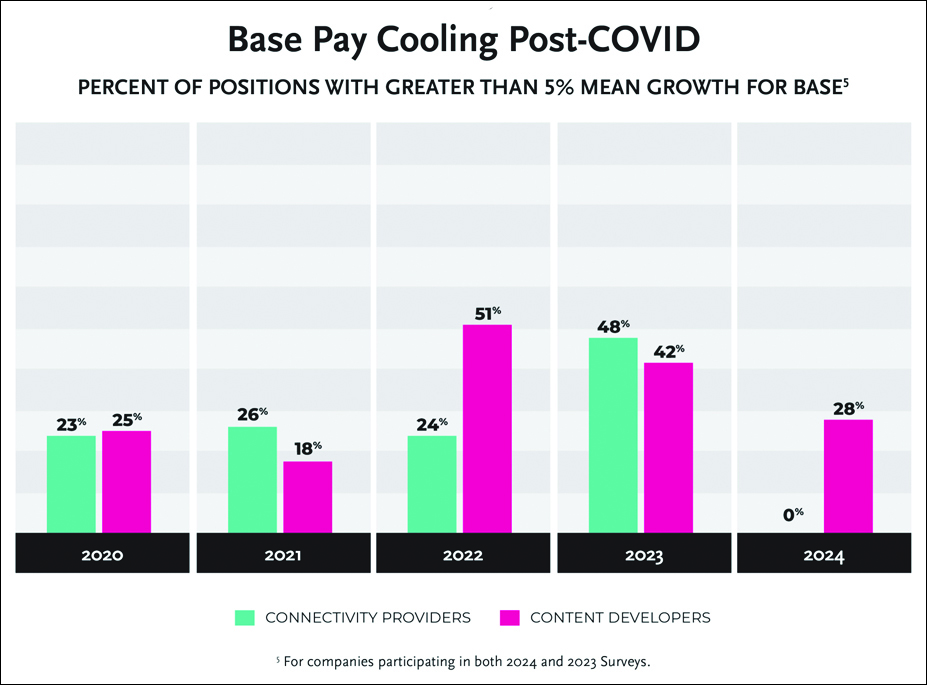By JoAnna Dettmann and Kaysha Hanock
Digital is reimagining and reinventing every aspect of how businesses operate. Here are five key trends that every business needs to be aware of to succeed in the digital space.
1. Voice Search
If you didn’t get a voice-activated virtual assistant for the holidays such as Amazon’s Echo and Echo Dot “Alexa” or Google’s Home Assistant “Hey Google,” chances are you know someone who did.
 With estimates of 24.5 million voice-first devices shipped in 2017, more than 30 million total voice-powered intelligent assistants can be found in U.S. homes today. As the popularity of in-home and in-hand voice search devices rises, users are quickly turning to this method for their search needs. In fact, it is estimated that by 2020, 50 percent of all searches will be voice searches.
With estimates of 24.5 million voice-first devices shipped in 2017, more than 30 million total voice-powered intelligent assistants can be found in U.S. homes today. As the popularity of in-home and in-hand voice search devices rises, users are quickly turning to this method for their search needs. In fact, it is estimated that by 2020, 50 percent of all searches will be voice searches.
While this seems like a fun, harmless consumer trend, voice search has serious impacts on business. Due to the conversational nature of voice search, consumers use language in voice search differently than typed search. The average person is able to type 40 words per minute, but capable of speaking around 150, thus allowing for greater specificity with less effort. Therefore, search engine optimization must be conducted with a different mindset. Especially for businesses that rely on local search traffic, this trend has important strategy implications.
2. Google Paid Search Demographic Targeting
In 2017, Google AdWords rolled out new demographic targeting, making advertising more concentrated to a desired audience. This feature allows for search, display, or video campaigns to select a certain age group, gender, parental status and household income to narrow the audience of the advertised results. Further, exclusions can be made where certain demographics will not see your advertisements. Before selecting a desired group, Google allows users to see performance data of how different ages and genders perform in that ad group. This data can be used to create bid adjustments and exclude groups.
Additionally, the new demographic targeting lets you increase or decrease your targeting toward age and gender, allowing businesses to spend more money on searchers who are most likely to convert. It also encourages testing to determine which exposures work best. For businesses that leverage this tool correctly, there is great opportunity. No matter the size or marketing budget of your business, demographic targeting gives businesses greater return on their PPC investment.
3. Local SEO Keyword Variation
It is a common misconception that searchers will receive the same local search results regardless of the keyword variation they use, because search engines typically know the user’s current location. For example, when someone searches “tacos St. Louis,” they are not guaranteed to get the same results as if they were to search “STL tacos.” That’s why understanding and utilizing tactful keyword variation will set your business apart from competition in the rankings, and most importantly, drive more business in 2018.
Your local search strategy should also take into account the fact that people will not always specify their location. Continuing with the tacos example, you should include in your list of keywords, variations on “tacos near me.”
4. Schema Markup
Google has once again revamped their organic algorithm, resulting in penalizations for sites that lack schema markup. Schema allows businesses to more comprehensively “describe” what the data on their website means using a specific vocabulary of tags. It helps the search engine better understand your business, products, services and target audience, and show your content to the most relevant searchers. This addition to your website can boost visibility drastically, being one of the most powerful yet underutilized SEO practices. Research has found that a mere 17 percent of marketers use schema markup, so utilizing it correctly will highly elevate your chances to outrank the competition and increase revenue. In fact, one study cited that proper schema leads to up to four higher positions in search results compared to websites that didn’t have schema at all.
5. Google Image Ads on Mobile
The search superpower has started to test image ads through AdWords campaigns. Tests have been spotted where underneath the headline and next to the details, a small image appears to catch a searchers attention. One user saw the test and grabbed a screenshot posting it to Twitter to receive a Google response to the “new feature.” A Google spokesperson said, “We’re always testing new ways to improve our experience for our advertisers and users, but don’t have anything specific to announce right now.”
This is great news for businesses; images on mobile ads could completely alter consumer behavior. Research has proven that when people read information, they are likely to remember only 10 percent of that information three days later. However, if an applicable image is seen with the same information, people retained 65 percent of the information three days later. Additionally, eye-tracking studies show Internet readers pay closer attention to information-carrying images, as opposed to only text.
One of the most exciting aspects about working in the digital marketing industry is that it is always changing. There is no template, no formula. Digital strategies for clients can change in a moment’s notice, and 2018 will prove this again and again as voice search increases, Google AdWords becomes more sophisticated, and algorithms continue to evolve. Stay tuned.
JoAnna Dettmann and Kaysha Hanock are co-founders of tSunela Digital Marketing. They can be reached at [email protected] and [email protected].
 Network
Network

